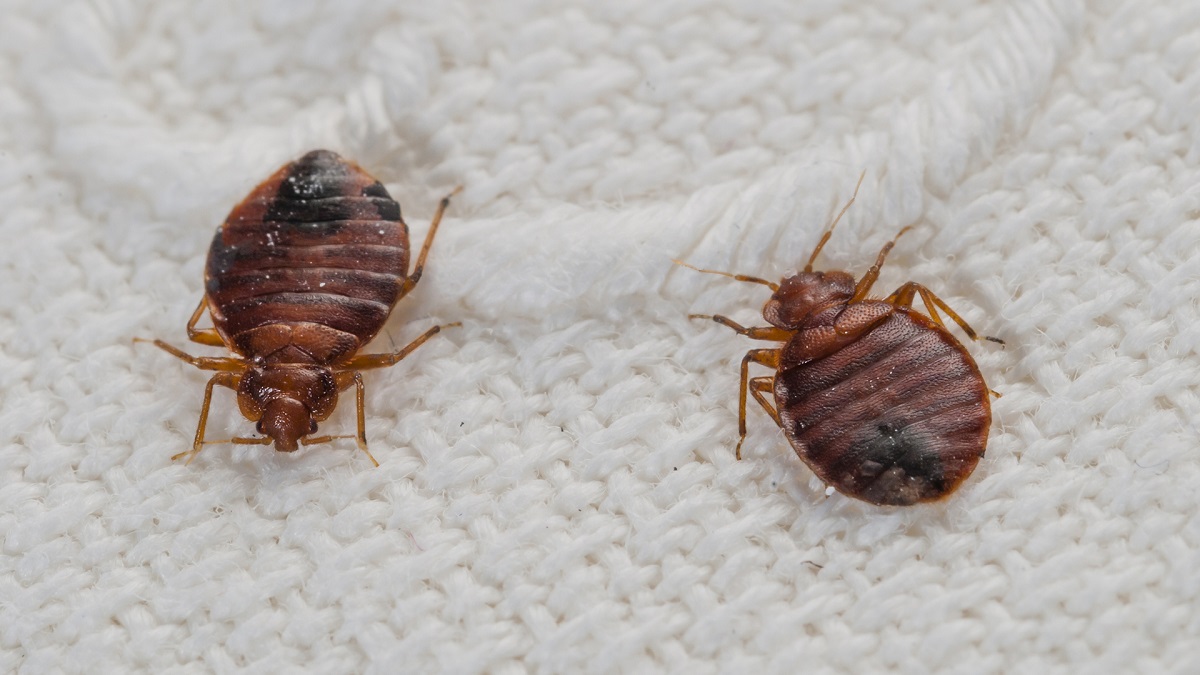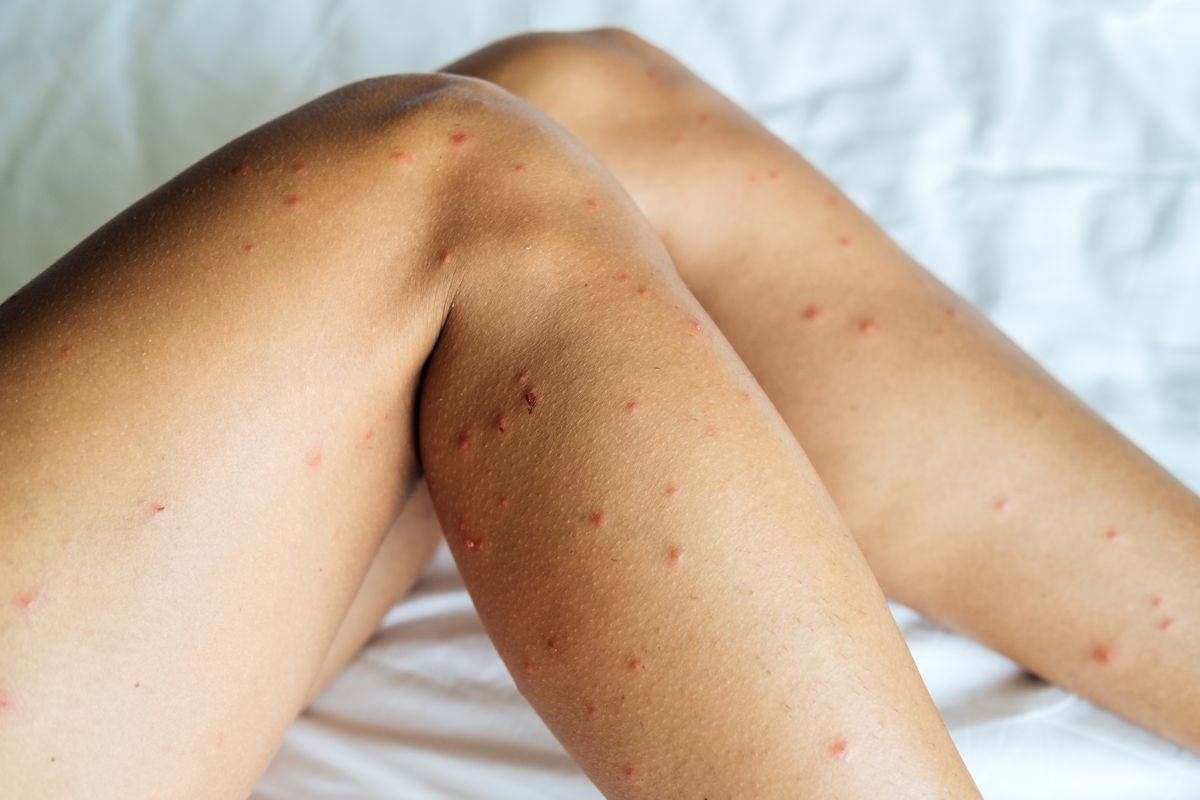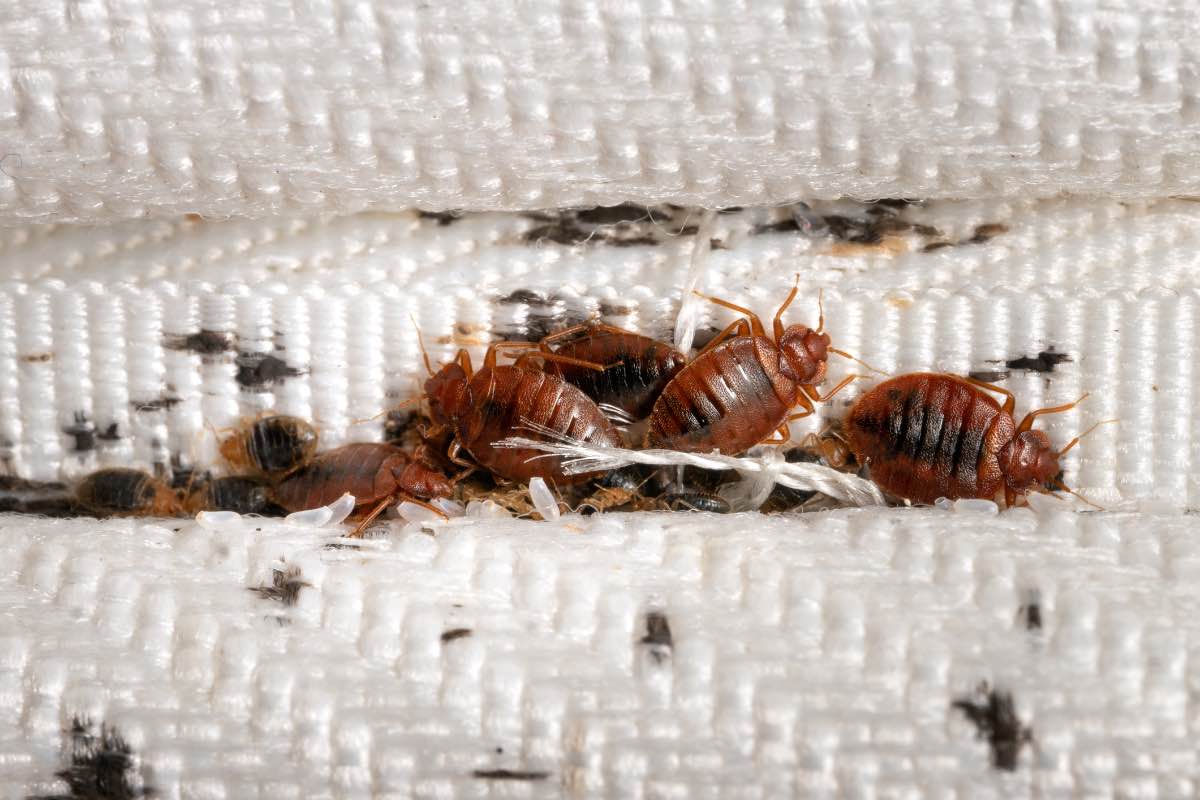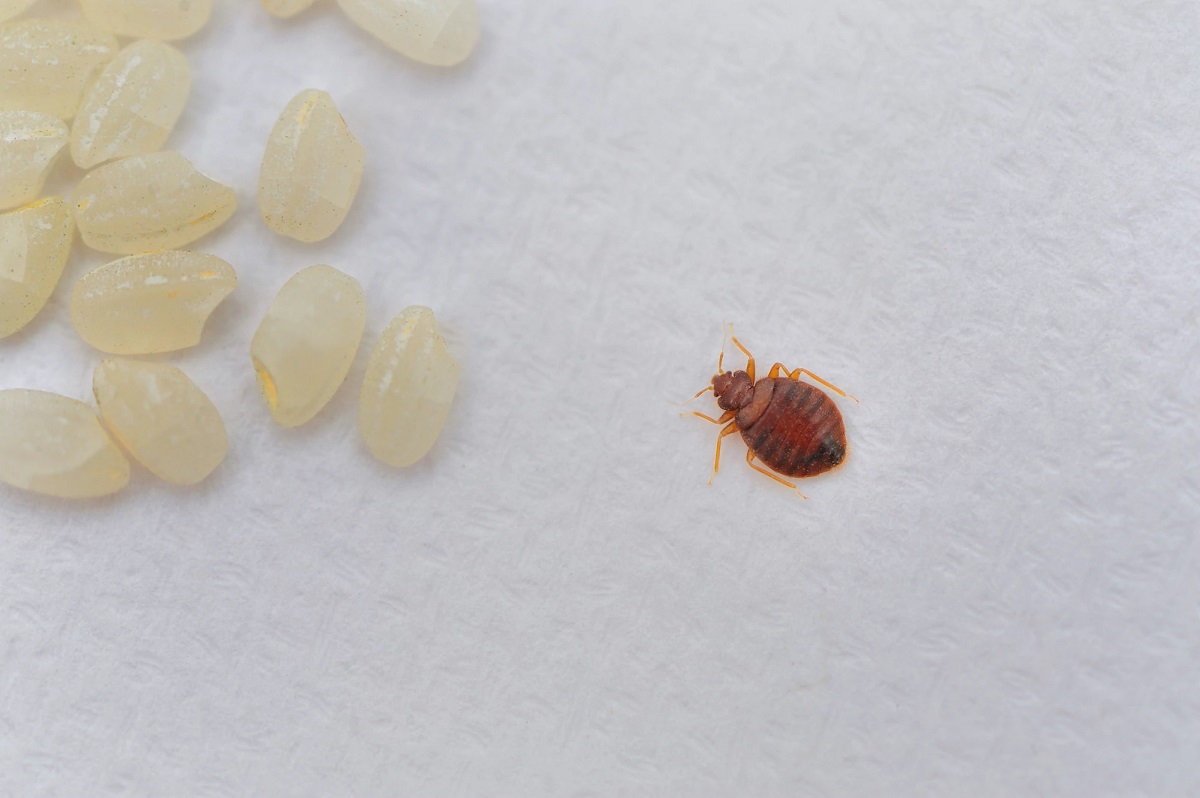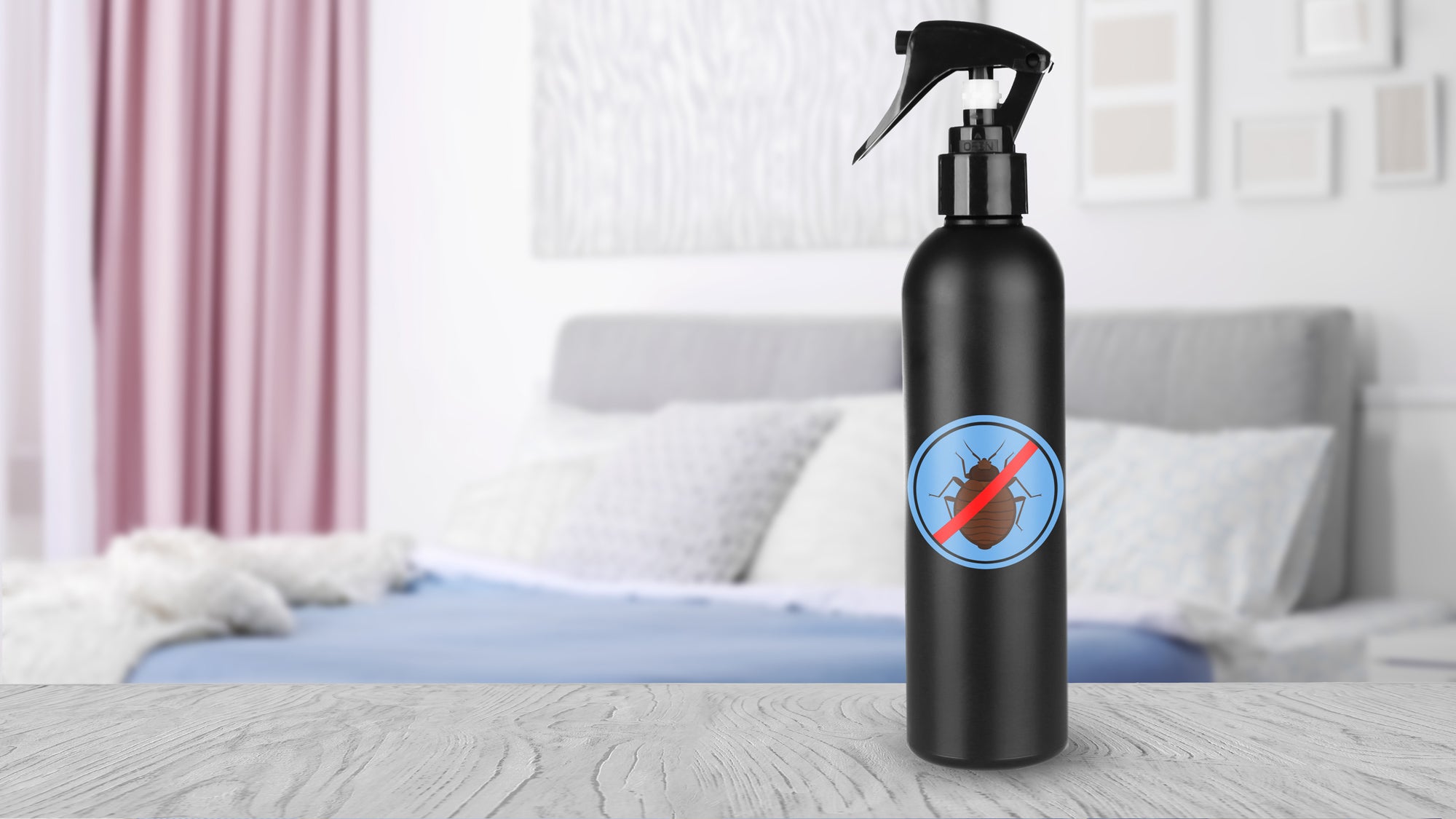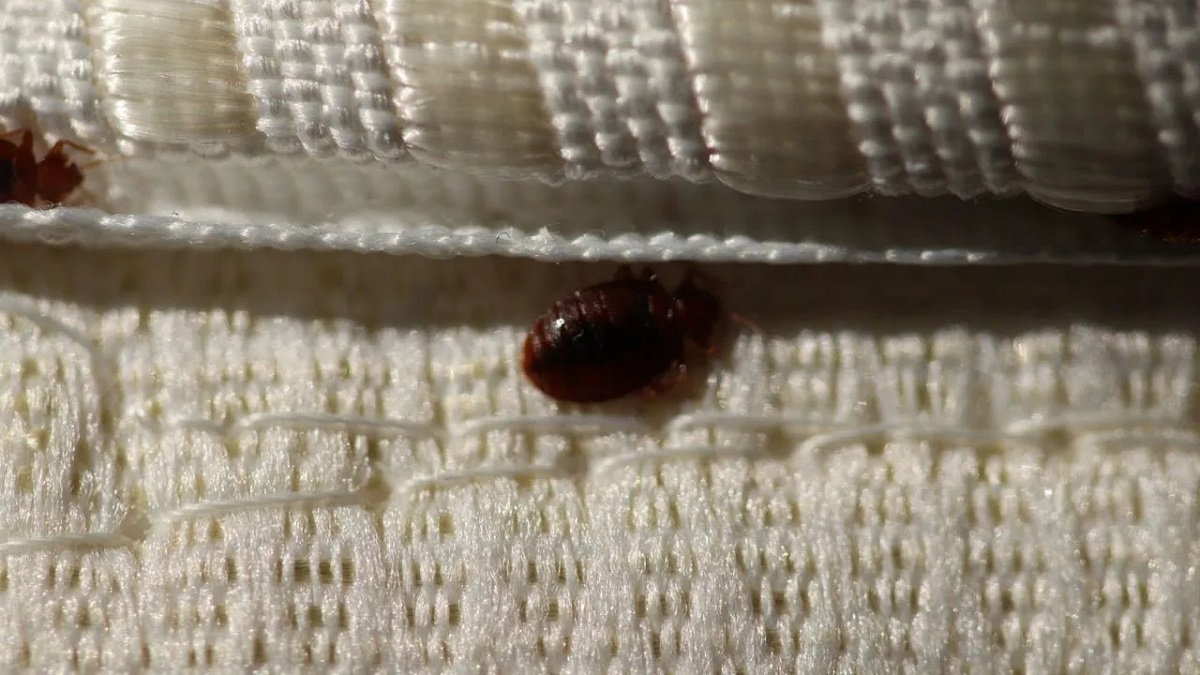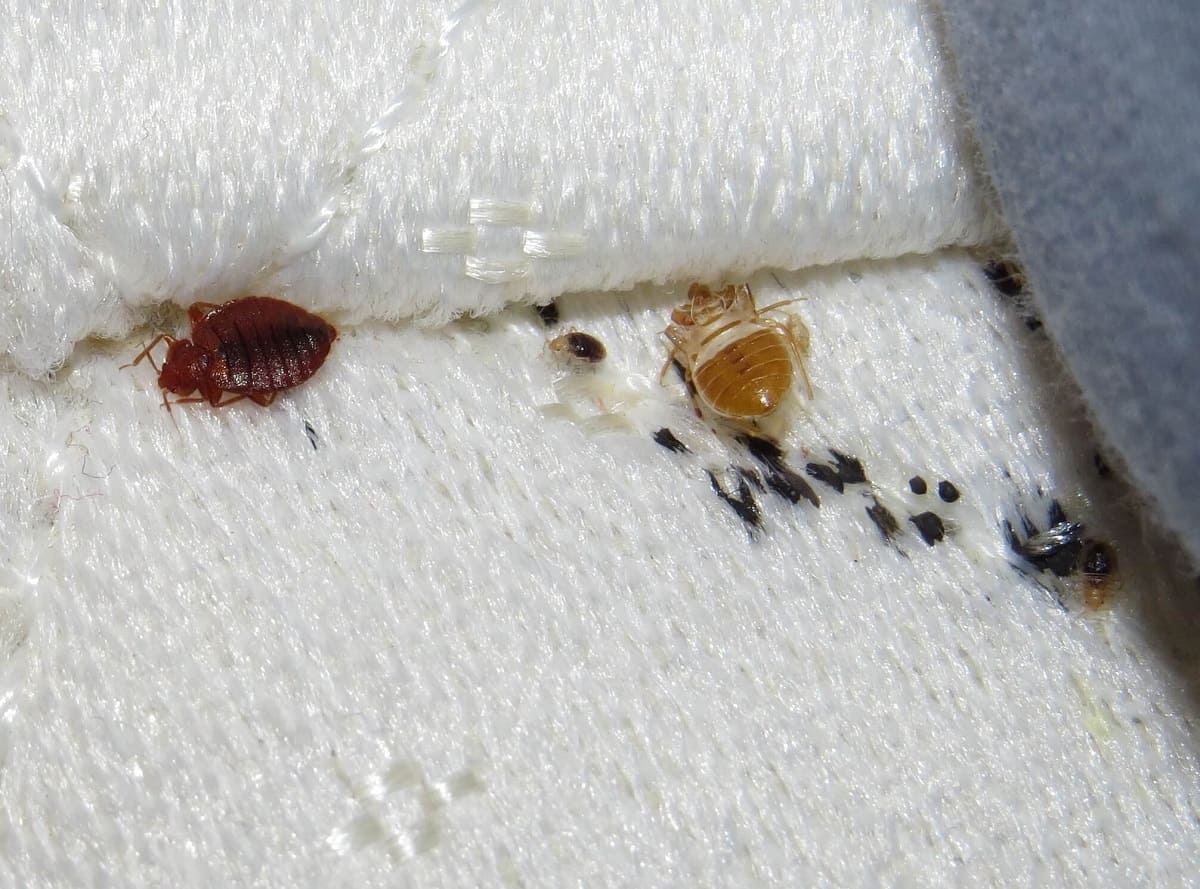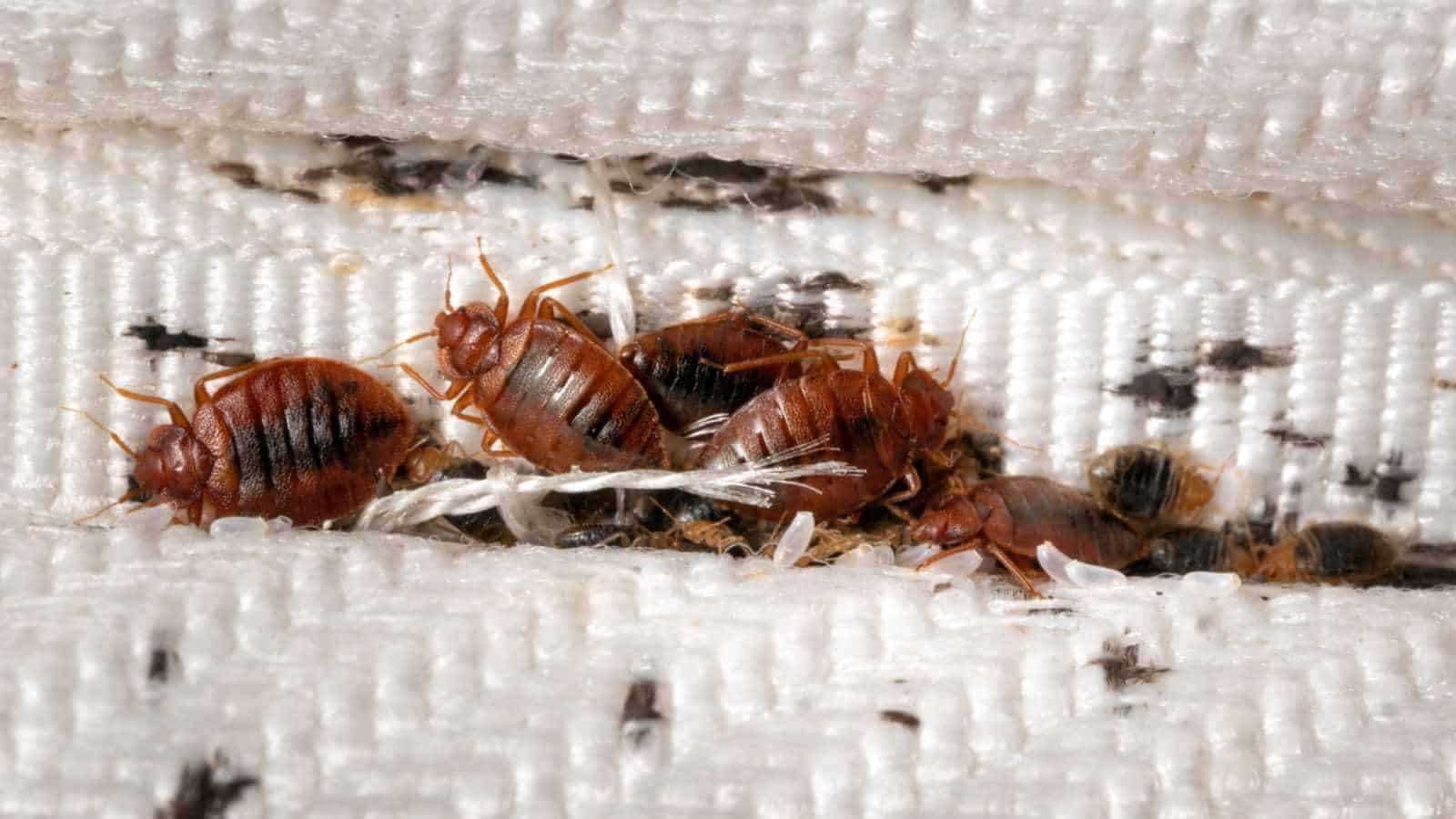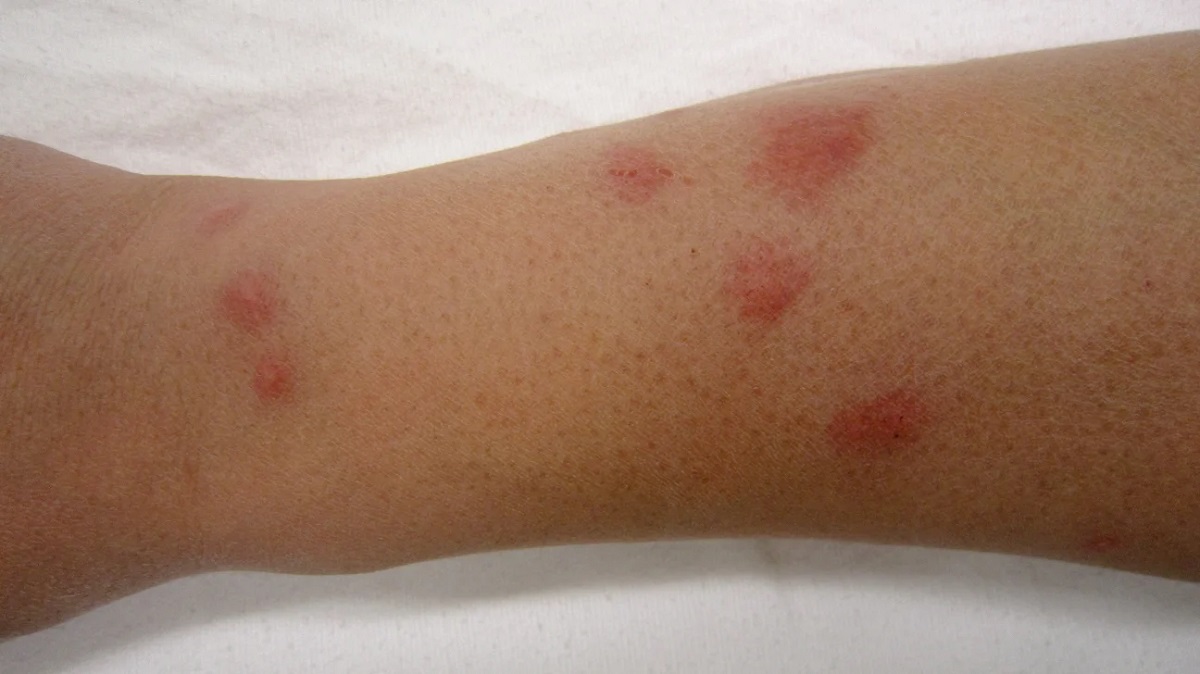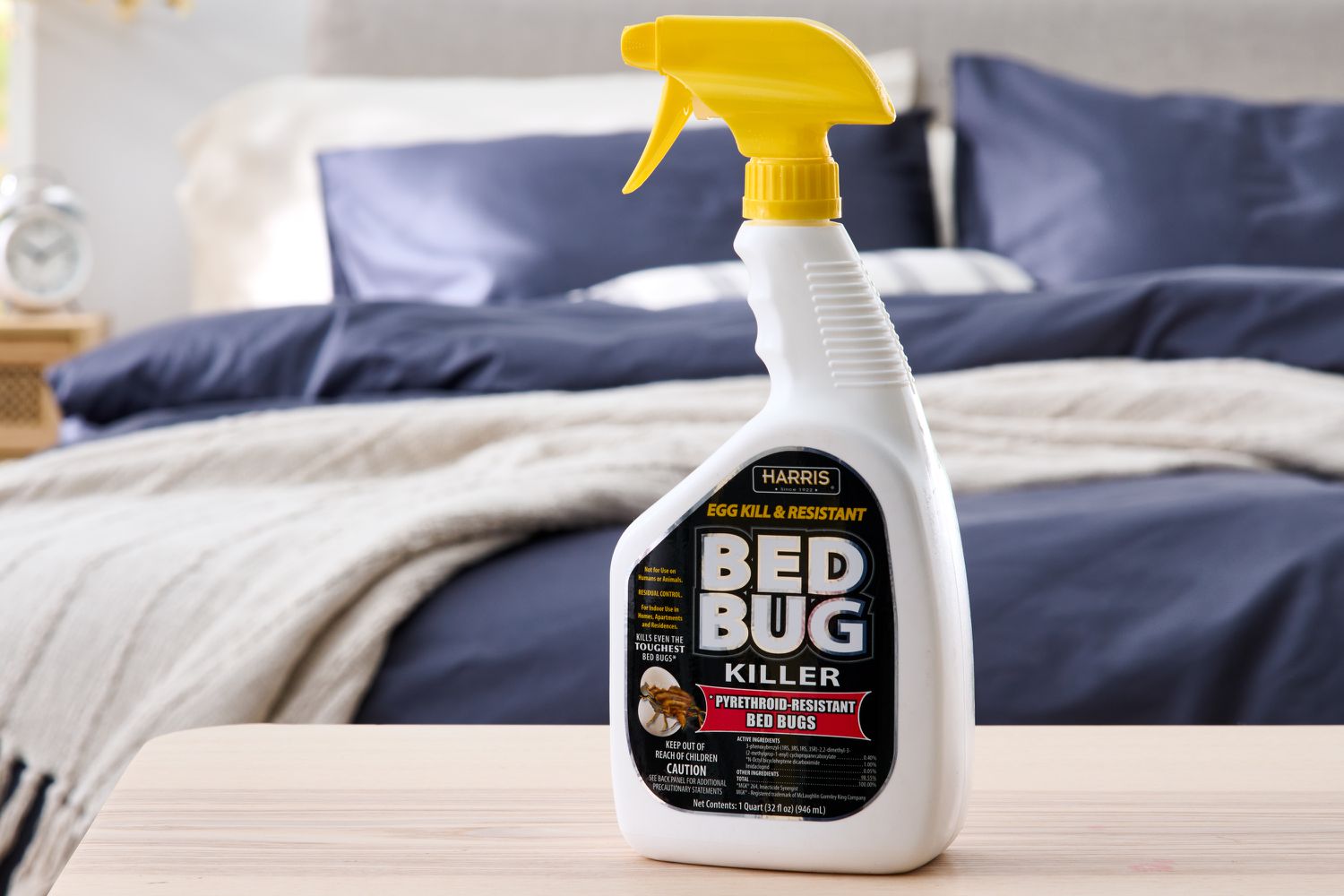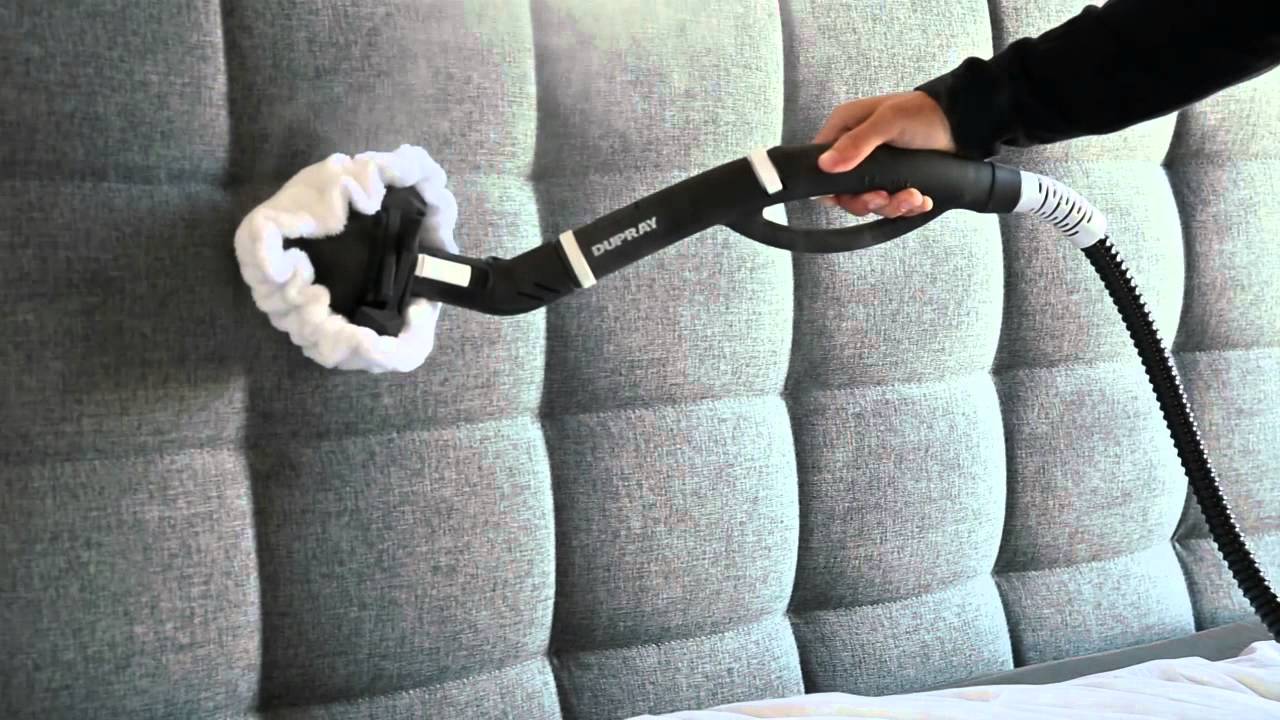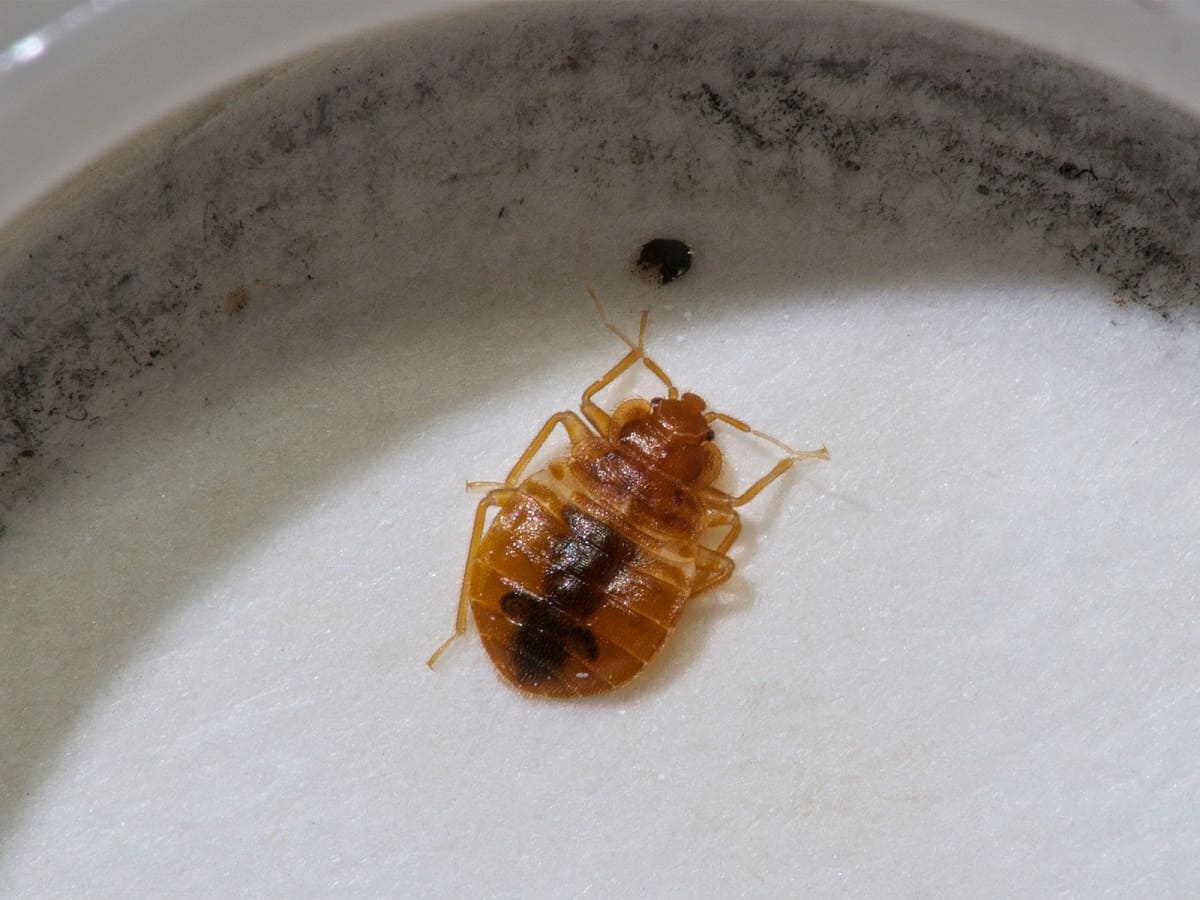Home>Furniture>Bedroom Furniture>What Are Bed Bugs
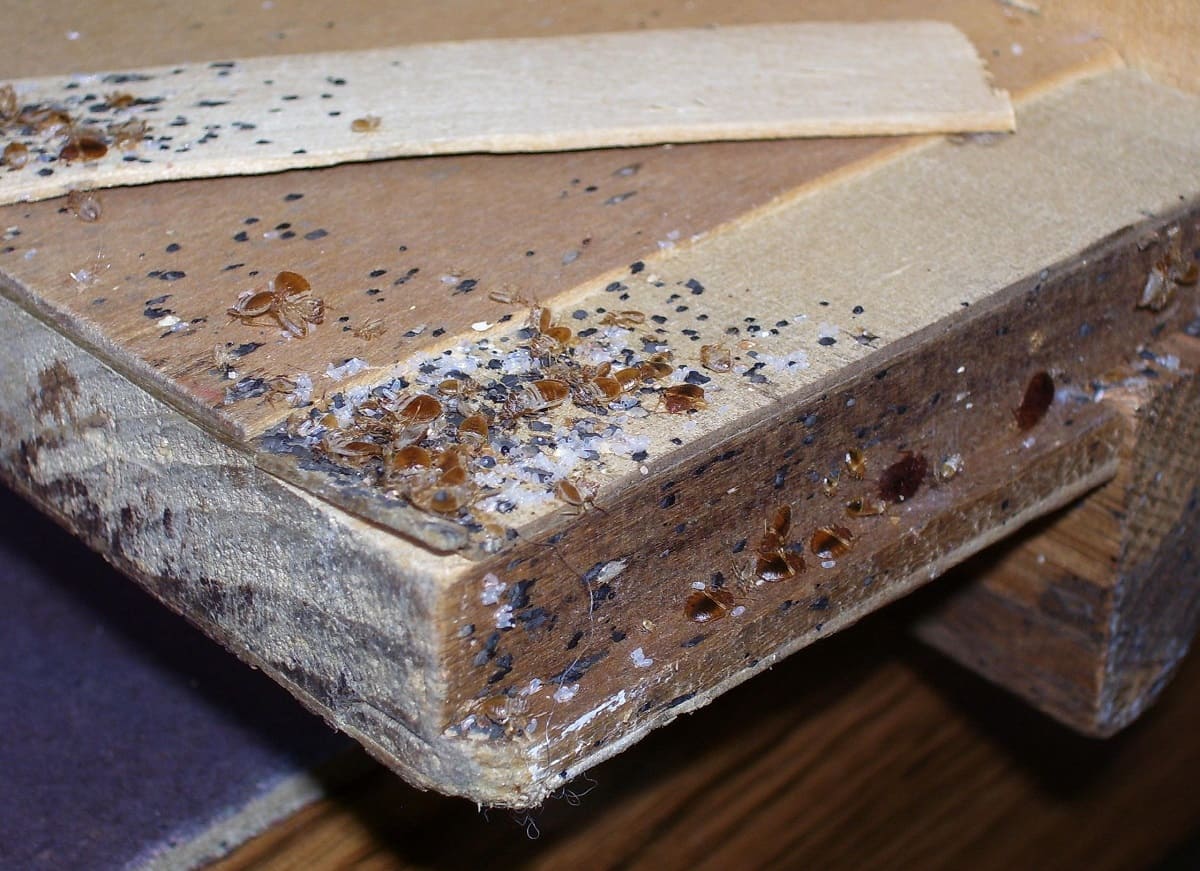

Bedroom Furniture
What Are Bed Bugs
Modified: February 23, 2024
Discover how to get rid of bed bugs in your bedroom furniture and prevent them from infesting your home. Protect your sleep environment now!
(Many of the links in this article redirect to a specific reviewed product. Your purchase of these products through affiliate links helps to generate commission for Storables.com, at no extra cost. Learn more)
Introduction
Welcome to the world of bedroom furniture! Your bedroom is not only a place for relaxation and rest, but it’s also a space that reflects your style and personality. When it comes to creating the perfect oasis, choosing the right furniture is key. And one essential piece you can’t overlook is the bed.
A bed is not just a functional piece of furniture; it’s the centerpiece of your bedroom. It sets the tone for the entire space and provides comfort and support for a good night’s sleep. From classic designs to modern styles, the options are endless when it comes to finding the perfect bed for your personal sanctuary.
In this article, we will dive deep into the world of bedroom furniture, with a particular focus on beds. We will explore the different types and styles of beds available, discuss their unique characteristics, and provide tips on how to choose the perfect bed to suit your needs.
Whether you’re looking to upgrade your current bed or starting from scratch with a new bedroom design, this article will serve as a comprehensive guide to help you make an informed decision. So, let’s get started and discover the wonders of bedroom furniture!
Key Takeaways:
- Understanding the characteristics, life cycle, and signs of bed bugs is crucial for early detection and prevention of infestations. Implementing proactive measures and seeking professional help can effectively address the issue.
- Prevention is the best defense against bed bugs. Regular inspections, clutter reduction, and encasing mattresses can significantly minimize the risk of infestations. If infestation occurs, hiring a professional exterminator is the most effective solution.
Read more: What Attracts Bed Bugs
Characteristics of Bed Bugs
Bed bugs are small, parasitic insects that belong to the Cimicidae family. They are wingless and have flat, oval-shaped bodies, which allows them to easily hide in cracks and crevices. Adult bed bugs are around the size of an apple seed, with a brownish-red color. However, after feeding, their bodies become swollen and darker in color.
One of the most distinct characteristics of bed bugs is their ability to feed on human blood. They are nocturnal creatures and are attracted to the warmth and carbon dioxide emitted by sleeping humans. While they prefer to feed on humans, bed bugs can also bite animals.
Bed bugs are excellent hitchhikers and can easily infest new areas by latching onto furniture, luggage, clothing, and other personal belongings. They can move quickly and can crawl onto beds, couches, and other upholstered furniture in search of their next blood meal.
Unlike other pests, bed bugs do not transmit diseases; however, their bites can cause discomfort and allergic reactions in some individuals. It’s important to note that not everyone reacts to bed bug bites, which can make it challenging to identify an infestation.
Bed bugs are resilient pests and can survive in a wide range of temperatures. They can go months without feeding, which makes them difficult to eliminate without professional intervention. Additionally, their ability to hide in small cracks and crevices makes them challenging to detect and eradicate.
Overall, understanding the characteristics of bed bugs is essential for identifying and preventing infestations. By being aware of their behavior and habits, you can take proactive measures to protect yourself and your home from these persistent pests.
Life Cycle of Bed Bugs
Bed bugs undergo a process known as simple metamorphosis, which means they have three distinct stages in their life cycle: egg, nymph, and adult. Understanding the life cycle of bed bugs is crucial for effective control and prevention strategies.
Egg Stage: The life cycle begins with the female bed bug laying eggs. She can lay hundreds of eggs in her lifetime, usually in cracks and crevices near the host. The eggs are tiny, about the size of a pinhead, and are white or translucent in color. They are often laid in batches and are relatively difficult to spot.
Nymph Stage: After about a week, the eggs hatch, and the nymph stage begins. Nymphs are small, translucent versions of adult bed bugs. They require a blood meal to molt and progress to the next stage. Nymphs go through five molts, shedding their exoskeleton each time they grow. With each molt, they become larger and darker in color.
Adult Stage: Once a nymph reaches its final molt, it becomes an adult bed bug. Adult bed bugs are about the size of an apple seed, have a flat and oval shape, and are brownish-red in color. They have six legs and two antennae, which they use to navigate their surroundings and locate hosts for feeding.
The entire life cycle of a bed bug, from egg to adult, can take approximately six to eight weeks, depending on environmental conditions and the availability of a blood meal. Bed bugs are resilient pests and can survive for several months without feeding, making them difficult to eradicate.
It’s important to note that bed bugs are reproductive pests, meaning they can breed rapidly. A single female bed bug can lay hundreds of eggs, leading to a significant infestation if left unchecked. This is why early detection and intervention are crucial in managing bed bug populations.
By understanding the life cycle of bed bugs, you can implement targeted control measures and take proactive steps to prevent infestations. Regular inspections, proper hygiene practices, and professional treatments can help disrupt their life cycle and keep your home bed bug-free.
Identification of Bed Bugs
Identifying bed bugs is the first step in addressing an infestation. While they are small and elusive pests, there are certain signs that can help you determine if you have a bed bug problem.
Physical Appearance: Adult bed bugs are about the size of an apple seed, with a flat, oval-shaped body. They are typically a reddish-brown color, but can appear darker and more swollen after feeding. Nymphs are smaller and translucent, becoming darker as they mature. Bed bug eggs are tiny, white or translucent, and are often found in clusters.
Bite Marks: Bed bugs feed on human blood, typically while you’re asleep. Their bites can cause itchy, red welts on the skin. However, it’s important to note that not everyone reacts to bed bug bites, so the absence of visible bite marks does not necessarily mean you are free of an infestation.
Bed Bug Fecal Stains: Another sign of bed bugs is the presence of fecal stains on bedding, mattresses, or furniture. Bed bug droppings look like small black dots or smears and can be found in areas where the bugs hide or rest.
Shed Skins: As bed bugs grow and molt, they shed their exoskeletons. These shed skins, known as cast skins or exuviae, can be found in areas where the bugs are active. They are translucent and resemble the shape and size of an adult bed bug.
Musty Odor: Bed bugs release pheromones, which can emit a distinct, musty odor. If you notice an unpleasant smell, especially in areas where the bugs are present, it could be an indication of a bed bug infestation.
Visible Signs of Infestation: In severe infestations, you may actually see the bed bugs themselves, crawling on your mattress, bedding, or furniture. They are active during the night, so using a flashlight and thoroughly inspecting these areas can help you spot them.
It’s important to note that bed bugs tend to hide in cracks, crevices, and other secluded areas during the day, making them difficult to find. They are often found near the bed, including mattress seams, headboards, nightstands, and baseboards. However, they can also infest other areas of the home, such as sofas, chairs, and even behind wallpaper.
If you suspect you have a bed bug infestation, it is advisable to consult a professional pest control expert. They have the knowledge and experience to conduct a thorough inspection and implement appropriate treatment measures to eliminate the bed bugs from your home.
Signs of Bed Bug Infestation
Bed bug infestations can be a real nightmare, but early detection is key to preventing them from spreading throughout your home. Knowing the signs of a bed bug infestation can help you take prompt action and minimize the impact on your living space.
Bite Marks: One of the most common signs of a bed bug infestation is waking up with unexplained bite marks on your body. Bed bug bites typically appear as small, red welts that may be itchy or irritated. While these bites are generally painless, they can cause discomfort and allergic reactions in some individuals.
Fecal Stains and Blood Spots: Bed bugs leave behind evidence of their presence in the form of fecal stains and blood spots. You may notice small black dots or smears on bedding, mattresses, or furniture, which are the bed bug excrement. Additionally, the bugs may accidentally get crushed while feeding, resulting in small blood stains on sheets or pillowcases.
Musty Odor: Bed bugs release pheromones, which can give off a distinct, musty odor. If you notice an unpleasant smell in your bedroom or other infested areas, it could be a sign of a bed bug infestation.
Visible Bed Bugs: Although bed bugs are excellent at hiding, you may occasionally spot them in your living space. Adult bed bugs are approximately the size of an apple seed and have a flat, oval-shaped body. They are typically brownish-red in color, but can appear darker and more swollen after feeding. Nymphs, on the other hand, are smaller and lighter in color.
Shed Skins and Eggs: As bed bugs grow, they molt and shed their exoskeletons. These shed skins, also known as cast skins or exuviae, can be found in areas where the bugs are active. Additionally, bed bugs lay tiny white or translucent eggs, which are often attached to surfaces or found in clusters.
Bed Bug Infestation Tracks: Bed bugs tend to leave behind distinctive patterns as they infest your living space. Look for straight rows or clusters of bites on your body, indicating multiple feeding incidents throughout the night. You may also notice dark spots on your sheets or pillowcases, which are caused by bed bug excrement.
It’s essential to remember that bed bugs are methodical pests that prefer to hide in cracks, crevices, and other secluded areas during the day. Common hiding spots include mattress seams, headboards, nightstands, and baseboards. However, they can also infest other areas of the home, such as upholstered furniture, electrical outlets, and even behind wallpaper.
If you suspect a bed bug infestation based on these signs, it’s crucial to seek professional help for effective treatment and eradication. A pest control expert can conduct a thorough inspection, identify the extent of the infestation, and develop a customized plan to eliminate bed bugs from your home.
When traveling, always inspect hotel rooms for signs of bed bugs such as dark spots on the mattress or furniture. Keep luggage off the floor and use a protective cover for added protection.
Read more: What Repels Bed Bugs
Health Risks Associated with Bed Bugs
While bed bugs are not known to transmit diseases to humans, their presence can still have negative effects on your health and well-being. The following are some health risks associated with bed bug infestations:
Physical Discomfort: Bed bug bites can cause itchiness, redness, and swelling. Scratching the bites can lead to secondary skin infections, which can cause further discomfort. The physical discomfort associated with bed bug bites can disrupt sleep patterns and contribute to stress and anxiety.
Allergic Reactions: Some individuals may have allergic reactions to bed bug bites. These reactions can range from mild to severe and may include symptoms such as intense itching, hives, difficulty breathing, and even anaphylaxis in rare cases. If you experience severe allergic reactions to bed bug bites, seek medical attention immediately.
Mental and Emotional Impact: Dealing with a bed bug infestation can take a toll on your mental and emotional well-being. The constant itching, sleep disturbances, and feelings of invasion and discomfort can lead to anxiety, stress, and even depression. The psychological impact of a bed bug infestation should not be underestimated.
Sleep Disturbances: Bed bugs are nighttime feeders. Their bites can cause itching and discomfort, leading to sleep disturbances for those affected. Lack of quality sleep can have a cascade of negative effects on physical and mental health, including fatigue, decreased cognitive function, and compromised immune system.
Social Stigma: Having a bed bug infestation can be socially stigmatizing. People may associate bed bugs with uncleanliness or lack of hygiene, which can lead to embarrassment and isolation. The fear of bed bugs spreading to others can also result in strained relationships with friends, family, and neighbors.
Secondary Infections: Scratching bed bug bites can break the skin and create open sores, increasing the risk of secondary infections. Bacteria can enter the wounds, resulting in cellulitis, impetigo, or other skin infections that require medical treatment.
Disrupted Daily Life: Dealing with a bed bug infestation can be time-consuming, expensive, and disruptive to your daily life. It may require extensive cleaning, decluttering, and potentially replacing infested items. You may also need to temporarily vacate your home during professional extermination treatments, leading to additional stress and inconvenience.
It’s important to address a bed bug infestation promptly to minimize the health risks and negative impacts on your well-being. Seeking professional pest control services is highly recommended to effectively eliminate bed bugs and prevent future infestations. Additionally, practicing good hygiene, keeping a clean living environment, and regularly inspecting your home for signs of bed bugs can help prevent their presence in the first place.
Prevention and Control of Bed Bugs
Preventing and controlling bed bugs requires a multifaceted approach that includes both proactive measures and professional pest control interventions. By following these strategies, you can minimize the risk of bed bug infestations in your home:
Inspect Second-Hand Furniture: Before bringing second-hand furniture into your home, thoroughly inspect it for any signs of bed bugs. Pay close attention to seams, crevices, and cracks. If you notice anything suspicious, avoid bringing the furniture indoors.
Encase Mattresses and Box Springs: Use protective encasements on your mattresses and box springs to create a barrier against bed bugs. Ensure the encasements are specifically designed to be bed bug-proof and fully enclose the mattress and box spring.
Reduce Clutter: Clutter provides ample hiding spots for bed bugs, making it harder to detect and eliminate them. Keep your living space tidy and clutter-free to minimize potential hiding spots for bed bugs.
Vacuum Regularly: Regularly vacuum your home, paying extra attention to areas where bed bugs are likely to hide, such as mattresses, upholstery, and carpets. Dispose of the vacuum bag immediately to prevent any captured bed bugs from escaping.
Seal Cracks and Crevices: Use caulk or sealant to seal any cracks and crevices in walls, baseboards, and furniture. This helps eliminate potential hiding spots for bed bugs and can limit their ability to move between rooms.
Avoid Bringing Bed Bugs Home: When staying in hotels or other accommodations, inspect the room for signs of bed bugs before settling in. Keep your luggage elevated on a luggage rack and away from beds and upholstered furniture.
Regularly Launder and Dry Bedding: Wash your bedding, including sheets, pillowcases, and blankets, in hot water regularly. Dry them on high heat to kill any bed bugs or eggs that may be present.
Professional Pest Control: If you suspect or confirm a bed bug infestation in your home, it’s crucial to seek professional pest control intervention. Pest control experts have the knowledge and tools to effectively eliminate bed bugs and prevent future infestations.
Education and Awareness: Stay informed about bed bugs and their prevention measures. Educate yourself and your family members on the signs of bed bugs, so you can detect any infestations early on and take appropriate action.
Remember, preventing bed bugs is much easier than dealing with an infestation. By implementing these prevention strategies and being vigilant, you can reduce the risk of bed bugs and maintain a pest-free home.
Treatment for Bed Bug Infestation
Dealing with a bed bug infestation can be a challenging and frustrating experience. However, there are effective treatment options available to eradicate these pests and restore your home to a bed bug-free environment. Here are some common treatment methods for bed bug infestations:
1. Professional Extermination: One of the most effective ways to eliminate bed bugs is to hire a professional pest control company. Experienced exterminators have access to specialized treatments, such as insecticides, heat treatments, and steam treatments. They can perform a thorough inspection, identify the extent of the infestation, and develop a customized treatment plan to target the bed bugs and their eggs.
2. Insecticides: Bed bug-specific insecticides can be used to treat infested areas. These insecticides are typically applied directly to cracks, crevices, and other hiding spots where bed bugs are present. It’s important to follow the instructions carefully and use caution when applying insecticides, as they can be harmful if not used properly.
3. Vacuuming: Vacuuming regularly can help remove live bed bugs, nymphs, and eggs from your home. Use a vacuum cleaner with a high-efficiency particulate air (HEPA) filter for best results. After vacuuming, remember to seal and dispose of the vacuum bag immediately to prevent any surviving bugs from reinfesting your home.
4. Heat Treatments: Bed bugs are sensitive to high temperatures, so heat treatments can be highly effective in eliminating them. Professional exterminators may use specialized equipment to raise the temperature in infested areas to a level that kills bed bugs and their eggs. However, it’s important to note that heat treatments require proper training and expertise to ensure that all areas are adequately heated.
5. Steam Treatments: Steam can be used to kill bed bugs on contact by exposing them to high temperatures. Professional steam treatments can effectively target bed bugs hiding in mattresses, upholstery, and other areas that are difficult to treat with insecticides. However, steam treatments should be performed by professionals to ensure proper application and safety.
6. Laundering and Dry Cleaning: Washing and drying infested clothing, bedding, and other washable items in hot water and high heat can kill bed bugs. Dry cleaning can also be effective. Be sure to seal and transport items in sealed bags to prevent spreading bed bugs to other areas of your home.
7. Mattress Encasements: Encasing your mattress and box spring in bed bug-proof encasements can help trap any bed bugs inside and prevent them from feeding or escaping. This can be used as a preventative measure and can also aid in the treatment process by isolating any remaining bugs.
It’s important to remember that treating a bed bug infestation can be a complex process and may require multiple treatment methods to ensure complete eradication. DIY methods may provide temporary relief but may not eliminate the infestation entirely, as bed bugs are resilient and can quickly reproduce. Consulting a professional pest control company is highly recommended for effective treatment and long-term prevention.
Hiring a Professional Exterminator
When faced with a bed bug infestation, hiring a professional exterminator is often the best course of action. These experienced professionals have the knowledge, expertise, and specialized tools to effectively eliminate bed bugs from your home. Here are some key reasons why hiring a professional exterminator is beneficial:
1. Expertise and Experience: Professional exterminators have extensive knowledge and experience in dealing with bed bug infestations. They can accurately identify the severity of the infestation, locate hiding spots, and determine the most effective treatment methods to eliminate the bed bugs and prevent their return.
2. Tailor-Made Treatment Plans: Every bed bug infestation is unique and requires a customized approach. Professional exterminators will assess your specific situation and develop a treatment plan that addresses the unique needs of your home. They will consider factors such as the size of the infestation, the extent of the spread, the type of furniture and surfaces affected, and any specific considerations or limitations you may have.
3. Access to Specialized Equipment and Products: Professional exterminators have access to specialized equipment and products that are not readily available to the general public. They use industry-grade insecticides, heat treatments, and steam treatments that are highly effective in eliminating bed bugs. These tools and products are more potent and targeted, allowing for a more thorough and efficient extermination process.
4. Proper Application of Treatments: Incorrect application of treatment methods can be ineffective and may even pose health risks to individuals and pets. Professional exterminators have the training and expertise to properly apply treatments, ensuring the safety of your household. They follow established protocols and safety guidelines to minimize exposure to chemicals and maximize the effectiveness of the treatments.
5. Follow-Up Inspections: Professional exterminators will conduct follow-up inspections to ensure that the treatments were successful and that there is no re-infestation. They will monitor the treated areas and provide any necessary additional treatments to fully eradicate any remaining bed bug populations.
6. Saves Time and Effort: Dealing with a bed bug infestation can be time-consuming and exhausting. Hiring a professional exterminator frees you from the burden of researching treatment methods, purchasing products, and applying them yourself. They handle all aspects of the extermination process, allowing you to focus on other important tasks and minimize the disruption to your daily life.
7. Prevention and Education: Professional exterminators not only eliminate existing bed bug infestations but also provide valuable guidance on prevention methods to deter future infestations. They can educate you on the signs of bed bugs, share prevention tips, and offer advice on how to minimize the risk of re-infestation.
8. Peace of Mind: Engaging a professional exterminator gives you peace of mind, knowing that a trained expert is handling the situation. They have the skills, resources, and knowledge to tackle the infestation effectively, providing you with a bed bug-free environment and restoring your sense of comfort and well-being.
When hiring a professional exterminator, be sure to choose a reputable and licensed company. Research their track record, read customer reviews, and obtain multiple quotes for comparison. A thorough evaluation and cost estimate should be provided before any treatment is initiated. Remember that bed bug infestations can be persistent, so be prepared for multiple treatments and ongoing monitoring to achieve complete eradication.
Read more: What Causes Bed Bugs
Conclusion
Bed bugs can be a nightmare for homeowners, but with the right knowledge and actions, you can effectively prevent and control infestations. From understanding the characteristics of bed bugs to identifying signs of an infestation, being informed is key to addressing the issue promptly.
Implementing preventative measures such as regular inspections, reducing clutter, and encasing mattresses can significantly reduce the risk of bed bug infestations. It’s also important to take precautionary steps when traveling or acquiring second-hand furniture to avoid bringing bed bugs into your home.
If you do encounter a bed bug infestation, remember that professional help is available. Hiring a professional exterminator offers many advantages, including their expertise, access to specialized equipment, and customized treatment plans. They can target and eliminate bed bugs effectively, ensuring a thorough eradication process.
However, prevention remains the best approach. Regular cleaning, practicing good hygiene, and maintaining a clutter-free living space can all contribute to deterring and minimizing the risk of bed bugs infesting your home.
In conclusion, with proper knowledge, proactive measures, and professional support, you can successfully prevent, identify, and address bed bug infestations. Be diligent, stay informed, and take action at the first signs of bed bugs. Creating a comfortable and bed bug-free environment in your home will provide you with peace of mind and a good night’s sleep.
Frequently Asked Questions about What Are Bed Bugs
Was this page helpful?
At Storables.com, we guarantee accurate and reliable information. Our content, validated by Expert Board Contributors, is crafted following stringent Editorial Policies. We're committed to providing you with well-researched, expert-backed insights for all your informational needs.
